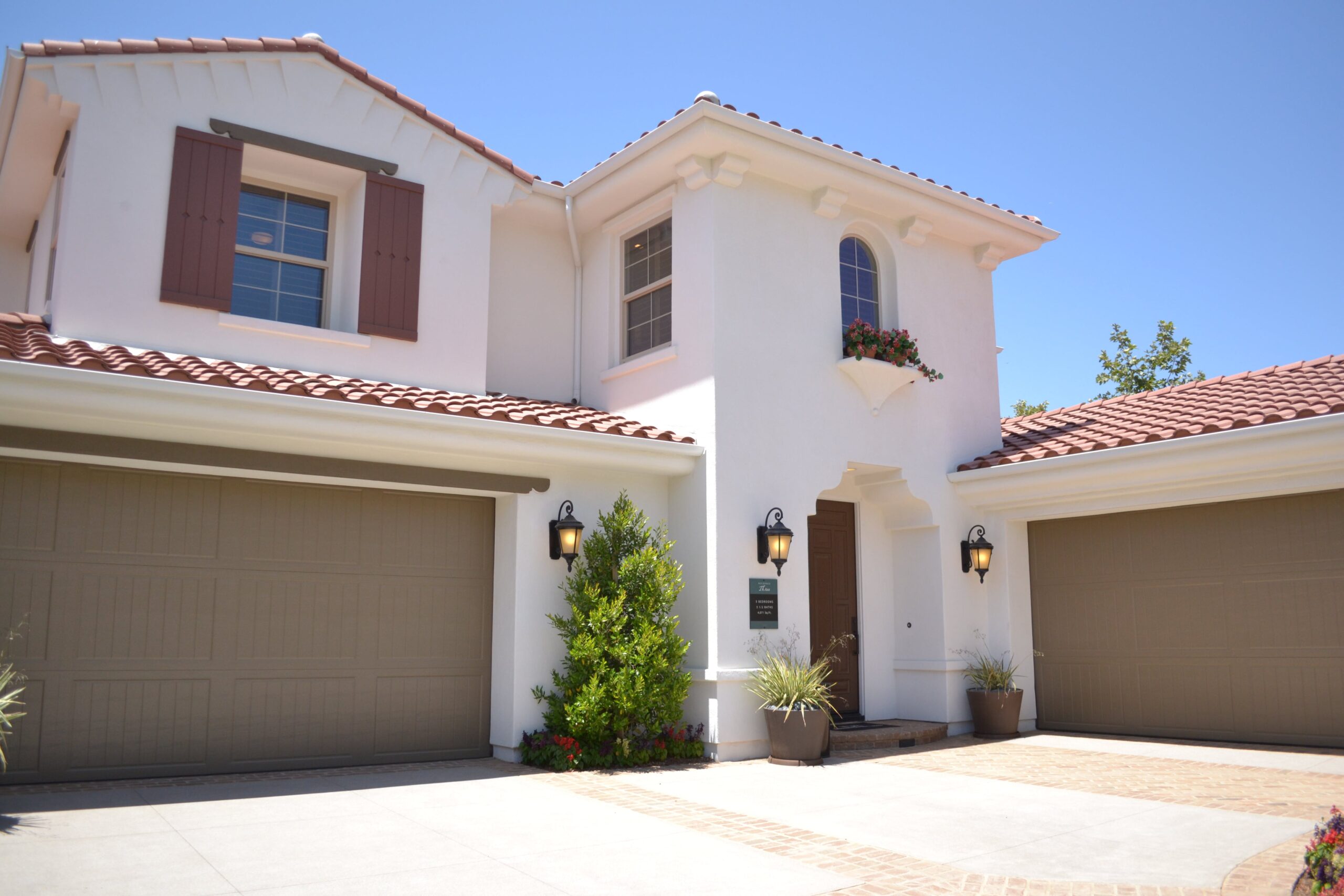Real estate investing comes with its own set of metrics and jargon. One of the key terms in real estate investing is the Capitalization Rate, commonly known as the Cap Rate. Understanding what constitutes a bad Cap Rate is crucial for any investor looking to make informed decisions.
Cap Rate 101
Simply put, a cap rate is the annual return on investment (ROI) expressed as a percentage of the property’s market value. It’s calculated by dividing the property’s net operating income (NOI) by its market value. Higher NOI and lower market value translate to a higher cap rate, and vice versa.
Indicators of a Bad Cap Rate
Branding a cap rate as “bad” is subjective. It’s not a black and white concept. However, a cap rate can raise red flags if it falls outside the typical range for a specific property type, location, or market conditions.
High Cap Rates
Cap rates exceeding 8-10% often indicate elevated risk. This could be due to factors like:
Vacancy or tenant issues
Struggling to fill units or retain tenants translates to lower income, pushing the cap rate higher.
Property condition
Extensive repairs or renovations needed can significantly impact the property’s value, leading to a higher cap rate.
Market distress
A declining market can lead to lower property values, again pushing the cap rate higher.
Low Cap Rates
While seemingly desirable, cap rates below 5% can also be a cause for concern. This could indicate:
Overvalued property
A high price tag compared to the income generated can lead to a low cap rate, masking potential risks.
Limited upside potential
With a low cap rate, the potential for future profit growth is limited.
Cap Rate Discrepancies
A bad Cap Rate can also be indicated by a discrepancy between the property’s Cap Rate and the average Cap Rate in the area. If the property’s rate is significantly lower than the average, this could point to underlying issues with the property or its management.
Take your real estate investing to new heights with Oambase, our advanced property investment analysis software. Streamline your deal analysis, access comprehensive market data, and make informed, profitable decisions with ease. Start your journey towards smarter investing today!
Factors Affecting Cap Rate
Remember, a cap rate is just one piece of the puzzle. Don’t solely rely on it to make investment decisions. Dig deeper into the property’s fundamentals, analyze market trends, and consider your own risk tolerance.
Property type
Different property types, like commercial vs. residential, have different average cap rates. Compare the subject property to others of the same type in the area.
Location
Cap rates can vary significantly depending on the location’s economic health and demand for rental properties. Properties in more desirable areas generally have lower Cap Rates due to higher market values.
Management expertise
A property with strong management can significantly improve its performance, impacting the cap rate.
Navigating Cap Rate Challenges
As an investor, it’s crucial to:
Do Thorough Research
Understand the local market and the factors influencing Cap Rates.
Consider Long-Term Prospects
A property with a bad Cap Rate might not be a wise long-term investment.
Seek Professional Advice
Real estate professionals and financial advisors can offer valuable insights.
Conclusion
A bad cap rate is not a deal-breaker, but it should serve as a warning sign. Understanding the factors that contribute to high or low cap rates empowers you to make informed investment decisions. Remember, a balanced approach, considering both quantitative and qualitative factors, is key to navigating the sometimes tricky world of real estate investing.






